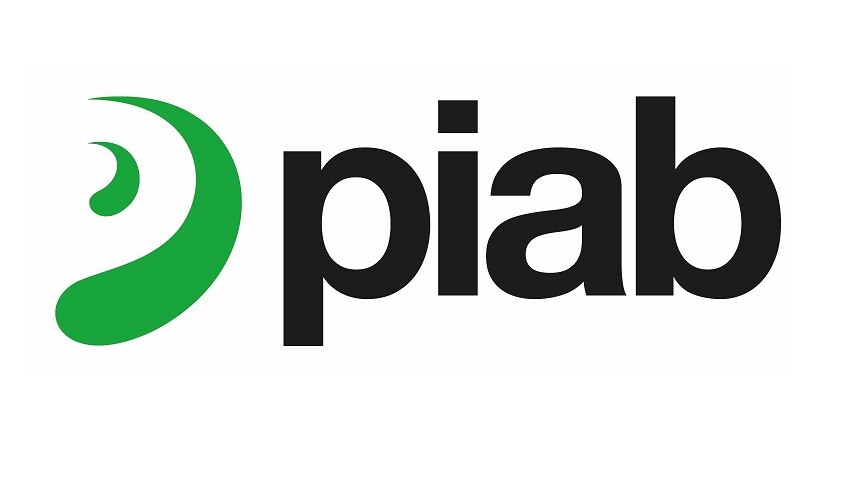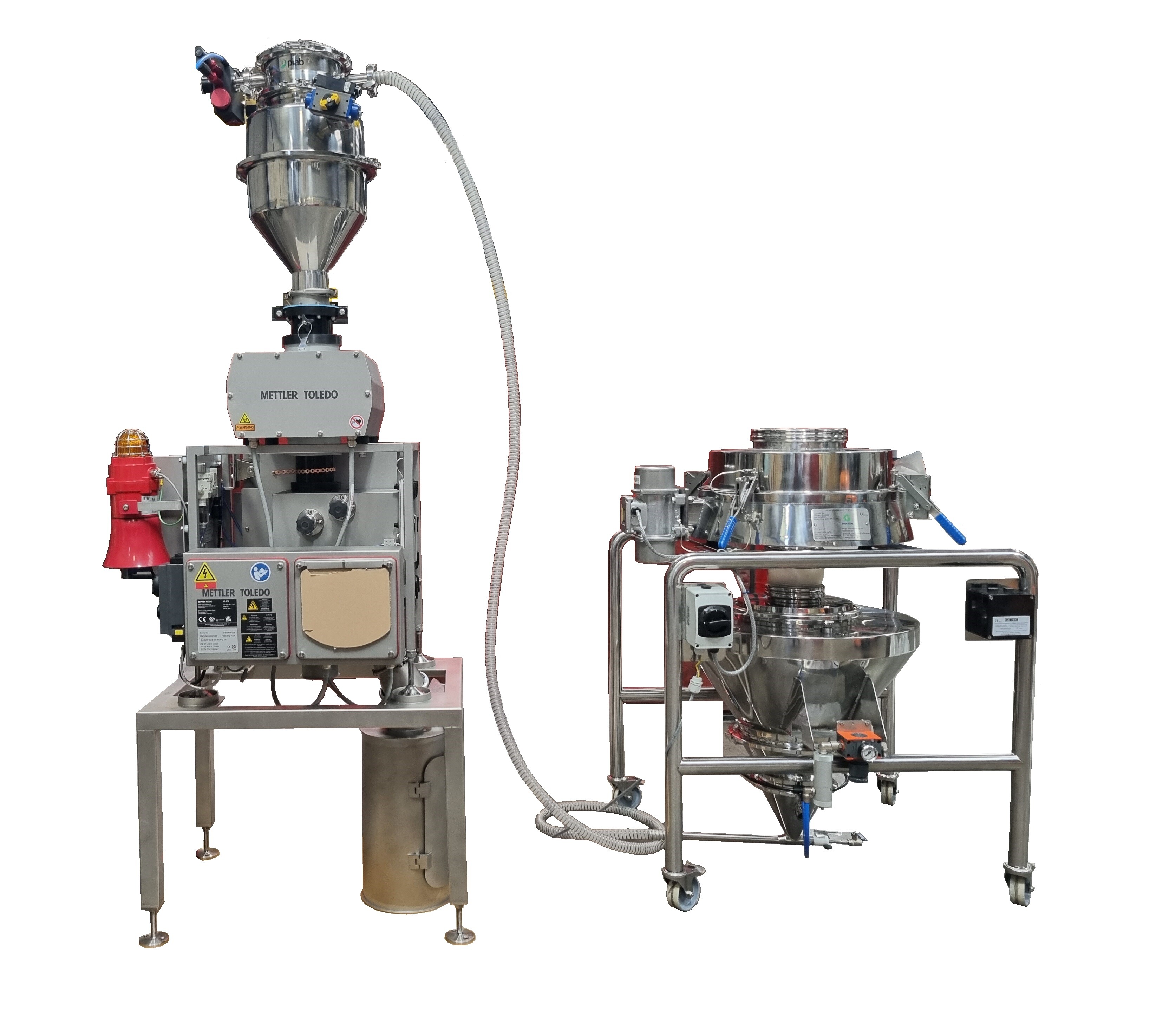Piab vacuum conveying
Gough Engineering working in cooperation with Piab, supply pneumatic conveying solutions as an alternative to other types of product transfer systems. For a low to medium volume transfer rate, Piab comes with many benefits to achieve a clean, reliable method to elevate products within your production line.

Pneumatic conveyors work best with fine, fluidizable, dry powders and can easily flow through the conveying line. Other material types suitable for Piab include: flour, cement powder, carbon black, sugar, plastic pellets, food particles, tablets, sands, metal powders, and many more...
Introduction
Simple & Effective Conveying
As part of Gough Engineering's comprehensive equipment portfolio, we offer Piab pneumatic conveying solutions.
Our in-house design and manufacturing teams can develop and produce the ideal equipment layout to provide the correct product transfer rates and ensure excellent safe handling and efficiency.

How does it work
Compared to the Gough bucket elevators using gravity as a sustainable energy source, pneumatic conveyors either work with positive pressure or vacuum. With positive pressure conveying the material is pushed by the higher pressure on the feed side of the conveying system. Vacuum conveyors on the other hand pull the material with a vacuum that is created on the receiving side of the pneumatic conveying system.
A vacuum source
This can be a sieve or hopper.
A material feed device
This would be a
A conveying line
The good product can be collected underneath using your containers or bags, or product can be taken off using a transfer conveyor or feeder.
with air-material separator
No tools needed to strip down. Just release the clamps, disassemble, clean and replace parts within minutes.

Key advantages of our sieving machine
No moving parts
There are no moving parts that can shear objects or need to be lubricated, pinch points that would grab a piece of clothing or nip points where the gears would meet.
Low Risk
Conveyed materials are transferred in a closed system, not being exposed to air.
Space saving
Pneumatic conveyors can even be mounted right below the ceiling, taking up only a fragment of space compared to a mechanical conveyor.
Easy maintenance
Pneumatic conveyors usually have an in-built filter cleaning system that prevents the filters from clogging.

Piab conveying Options
- Easily integrated into flow processing lines.
- Pulsed vacuum, very reliable.
- Designed for short to medium transfer distances.
- Compact design.
- ATEX certificate if required.
- Available in different sizes depending on throughputs and material product being transferred.
- Compliance to FDA requirements.
- Ejector-driven vacuum pump or a mechanical pump
- Light and heavy duty models available.
Reality Cases & Articles
From the history archives, we can refer to many different success stories of how our machines have helped industry.
For each of the core products, we provide a bit more insight on our designs and how the solution helped a company face production issues of quality, production throughputs, reliability and product flexibility.
Contact us today
Want to find out more on the fantastic Piab solution and all its benefits...
Call our sales team to discuss your requirements on:
+44 (0)1782 567770
or via email contact@goughengineering.com
Q & A
Here are a few questions and answers and we are always available to call and discuss you application specifics.

Can a vacuum system be used for dry powders in the food industry?
Can Gough integrate Piab systems with other quality control processes?
Yes, Gough Engineering can provide integration to allow connection to any of our sieves or separators, as well as vibratory feeders and metal rejection systems before your next process e.g. in final packing.
Are you using dense-phase vacuum conveying?
How do you choose an air-powered vacuum conveyor?
When configuring a pneumatic vacuum conveying system, you must consider many aspects. Consider the conveying length and height. Think about the capacity you need to deliver. Also, look at the bulk density and other features of the material.
